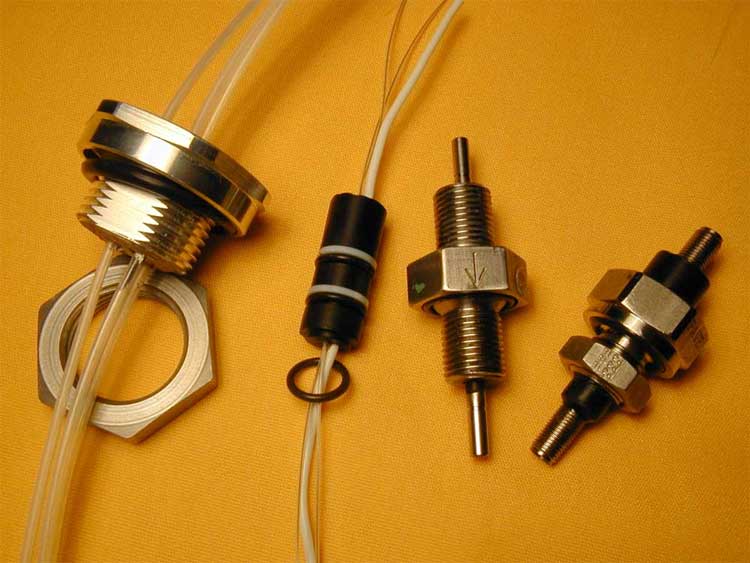[ad_1]
Companies are buying back debt, pushing out maturities and reviewing cash-management strategies as they sharpen their focus on financing costs as interest rates continue to rise.
The Federal Reserve on Wednesday raised interest rates by 75 basis points to curb inflation, its biggest rate increase since 1994. The move followed rate increases in March and May, and policy makers project rates will keep going up. The Fed expects its benchmark federal-funds rate will peak at around 3.75% at the end 2023 compared with the 2.75% projected earlier this year.
Executives in recent weeks have pulled forward new debt sales originally planned for the second half of the year to get ahead of future rate increases, bankers said. They also said other businesses are retiring debt by using excess cash on their balance sheets, or refinancing debt coming due in later years.
“Companies and [chief financial officers] have been preparing for this environment,” said Will Alston, head of corporate banking at
Wells Fargo
& Co., adding that companies are revisiting financing plans for the coming six to 12 months.
Cruise-ship operator
Carnival Corp.
, information technology company
HP Inc.
and communications equipment maker
Motorola Solutions Inc.
are among the businesses that took rate actions in recent weeks.
Carnival in late May said it sold $1 billion in senior unsecured notes maturing in 2030 and will pay investors 10.5% in interest a year. The company plans to use some of the proceeds from the sale to pay down other debt.
“We were being opportunistic at the time to secure financing at a rate which we believed would potentially look attractive in hindsight if future interest rate hikes were put in place as anticipated,” the company said on Thursday.
HP earlier this month said it priced a bond deal to raise $2 billion. The proceeds will be used for the pending $1.7 billion acquisition of electronics company Poly, which HP announced in March. Motorola in recent weeks offered to buy back up to $275 million in debt that would have come due in 2024, and raised another $600 million in debt, partly to fund the repurchase.
Bond and loan issuances are down so far this year from the prior-year period, with U.S. companies selling roughly $553 billion in investment-grade and high-yield corporate bonds through June 14, according to data provider Refinitiv. This compares with more than $815 billion during the same period last year.
North American companies registered more debt and equity to sell in the market in May, with requests for corporate CUSIP codes—which are akin to serial numbers for securities—up 8.9% from the prior year period, according to CUSIP Global Services, a unit of the American Bankers Association. The increase was largely driven by a jump in requests for new debt identifiers, CUSIP said.

Lynn Schweinfurth, chief financial officer of Red Robin Gourmet Burgers Inc.
Photo:
Red Robin Gourmet Burgers
Debt sales aimed at refinancing at a lower rate—a key theme in 2021—will likely slow as interest costs increase, said Marc Fratepietro, co-head of the global investment-grade debt capital markets business at
Deutsche Bank AG
. Still, interest rates remain relatively low compared with past decades, he said.
While many investment-grade rated companies have more fixed-rate debt that doesn’t become more expensive as interest rates rise, businesses with floating-rate debt expect a more immediate increase in interest costs.
Red Robin Gourmet Burgers Inc.
expects its financing costs on a $200 million term loan will rise, CFO
Lynn Schweinfurth
said. The restaurant chain pays an interest rate of between 6% to 6.5% above the Secured Overnight Financing Rate, the interest-rate benchmark it selected to replace the London interbank offered rate set to be phased out next year.
Red Robin is considering refinancing the loan in two or three years instead of in five years when it matures, Ms. Schweinfurth said. Refinancing sooner would help improve the company’s leverage ratio, which it uses to negotiate new debt agreements, she said.
Red Robin’s net debt was 4.3 times its earnings before interest, taxes, depreciation and amortization at the end of 2021, down from 14.4 times a year earlier, according to S&P Global Market Intelligence, a data provider.
“It might move up any refinancing we choose to do depending on where longer-term interest rates go,” Ms. Schweinfurth said, referring to Wednesday’s interest-rate decision.
With more interest-rate increases in the offing, companies also are looking to hold on to cash, collect outstanding payments from customers more quickly and postpone payments to suppliers, said Peter Serene, a director at financial services-research firm Curinos.
Finance professionals should also review supply-chain finance programs and consider changes to short-term cash investments, for example, by moving some cash into money-market funds, Mr. Serene said.
U.S. corporations held $3.83 trillion in cash during the first quarter, according to the Fed. That was $120 billion lower than during the final quarter of 2021, but more than $1 trillion higher than before the pandemic.
Banks are unlikely to offer higher interest to corporate customers any time soon because they don’t want to attract more deposits, said
Anthony Carfang,
managing director of the Carfang Group LLC, a treasury services firm.
“What we are seeing is some treasurers moving some of their funds into other instruments,” Mr. Carfang said.
—Kristin Broughton contributed to this article
Write to Nina Trentmann at [email protected], Jennifer Williams-Alvarez at [email protected] and Mark Maurer at [email protected]
Copyright ©2022 Dow Jones & Company, Inc. All Rights Reserved. 87990cbe856818d5eddac44c7b1cdeb8
[ad_2]
Source link


More Stories
How Finance Companies Are Adapting to New Technologies
What You Need to Know About Top Finance Companies
How Finance Companies Help Drive Economic Growth